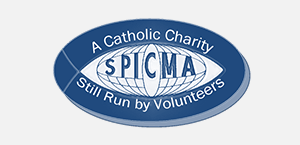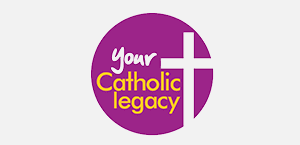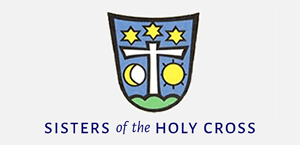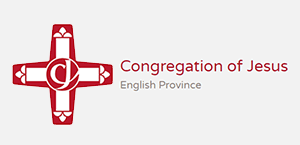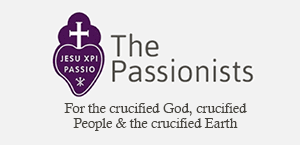Gospel in Art: When you have lifted up the Son of Man, then you will know...

Carved wood panel, depicting the Crucifixion of Jesus, flanked by the two thieves, Santa Sabina, circa 430-32 © Alamy
Source: Christian Art
Gospel of 8 April 2025
John 8:21-30
At that time: Jesus said to the Pharisees, 'I am going away, and you will seek me, and you will die in your sin. Where I am going, you cannot come.'
So the Jews said, 'Will he kill himself, since he says, "Where I am going, you cannot come"?'
He said to them, 'You are from below; I am from above. You are of this world; I am not of this world. I told you that you would die in your sins, for unless you believe that I am he you will die in your sins.'
So they said to him, 'Who are you?'
Jesus said to them, 'Just what I have been telling you from the beginning. I have much to say about you and much to judge, but he who sent me is true, and I declare to the world what I have heard from him.'
They did not understand that he had been speaking to them about the Father. So Jesus said to them, 'When you have lifted up the Son of Man, then you will know that I am he, and that I do nothing on my own authority, but speak just as the Father taught me. And he who sent me is with me. He has not left me alone, for I always do the things that are pleasing to him.'
As he was saying these things, many believed in him.
Reflection on the Church Door Panel
In this morning's Gospel, Jesus says, "When you have lifted up the Son of Man, then you will know that I am He." He is telling us that only when he is crucified and lifted up on the cross will people truly recognise who He is. Jesus was God in human form, and His greatest act of love is seen in His crucifixion. The cross has become therefore the central symbol of Christianity, not because suffering is celebrated, but because it reveals God's deep love for humanity. Jesus was sent to share God's love and remained faithful to this mission, even when it led to his death. In the end, his sacrifice on the cross became the strongest message of God's love, one that speaks to us even more powerfully than his words and actions during his life.
In the early centuries of Christianity, the cross was seldom used as a symbol due to its association with the brutal method of execution employed by the Romans. Early Christians were hesitant to adopt a symbol that represented such a gruesome death. However, by the second century, the cross began to appear in Christian contexts, although its use was still limited. The widespread adoption of the cross as a central Christian symbol occurred only from the fourth century onwards, particularly after Emperor Constantine's conversion to Christianity. The legitimisation of Christianity in the Roman Empire began with the Edict of Milan in 313 AD, issued by Emperor Constantine. This decree granted religious tolerance to Christians and allowed them to practice their faith openly without persecution. Later, in 380 AD, Christianity was officially declared the state religion of the Roman Empire through the Edict of Thessalonica.
One of the earliest known public depictions of Jesus on the cross is found on the wooden doors of the Basilica of Santa Sabina in Rome, dating back to the 5th century. Carved in cypress wood, these doors feature a series of biblical scenes, including what is considered one of the first artistic representations of the Crucifixion. Unlike later depictions, this early carving presents Jesus in a stylised, less graphic manner, reflecting the early Christian reluctance to focus on the suffering of the crucifixion. Instead, Christ appears standing with outstretched arms, emphasising his divine triumph over death rather than his physical torment. This depiction marks a transition in Christian art, as believers began to embrace the cross not just as a symbol of execution, but as a sign of salvation and victory over sin.
LINKS
Gospel in Art: https://christian.art/
Today's Reflection: https://christian.art/daily-gospel-reading/john-8-21-30-2025/ (with audio)









